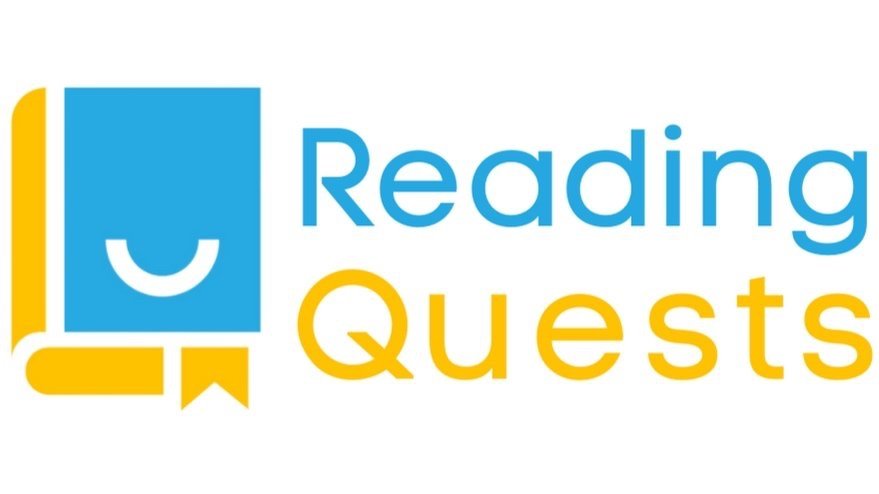From Funny Faces to Formal Writing – How Emojis Changed the Way We Communicate
Top 3 Takeaways on Emojis’s Impact on Communication
Emojis and acronyms have their place in informal communication, but in formal communication, kids need extra practice establishing tone through their word choices.
Code-Switching can help kids learn when it is appropriate to use acronyms and emojis and when to use professional language. Setting clear expectations minimizes the occurrences of unclear communication.
The best way to improve a child’s communication is to model correct vocabulary usage in scenarios where emojis and acronyms are typically used. Be sure to work with your child on describing emotions and establishing tone when they communicate.
My 12 year old sent me a Whatsapp today about staying behind after school to work on a group homework project. Her message was comprised largely of emojis, acronyms and broken sentences.
My professional career is in the field of communication so this style of writing really pushes my buttons. This led me to worry about the long-term impact this style of writing would have on her communication.
So I turned to Travis, my go-to person when I’m trying to understand how today’s teens communicate. As a high school English teacher, he is no stranger to the cryptic ways that kids communicate. Here’s what he has to say:
Even though emojis are not new, the frequency that they are used and the depth of what they represent have only increased since their inception. With so many kids relying on emojis to communicate, it can be concerning to parents how their writing ability could suffer. - Travis, High School Creative Writing and English Teacher
Sometimes our children communicate in ways that are impossible to understand. As a high school English teacher, I am no stranger to the cryptic ways that kids communicate. Even though emojis are not new, the frequency that they are used and the depth of what they represent have only increased since their inception. With so many kids relying on emojis to communicate, it can be concerning to parents how their writing ability could suffer.
The Case for Emojis
Although emojis and acronyms have little to no place in formal writing, they do have an interesting and useful place in communication. Not only do these truncated forms of communication save time, they also force the reader to interpret and translate images into thoughts and feelings.
In the world of digital communication, tone and feeling can be difficult to convey and emojis offer a preestablished way to convey these things within our day-to-day communication. Although they are convenient, emojis do have a small but significant effect on a child's writing ability.
How Emojis Hurt
The biggest issue I see year after year with my students is that they lack the endurance needed to write formally for long periods. Emojis and acronyms have kids always looking for the shortest communication path from point A to point B.
When they train their minds to be quick with communication, to say more with less, they often are not conditioned to write formally for more than a few minutes.
Another issue I have seen with the increased use of emojis and acronyms is what I have grown to call implied tone. Think of the last text you sent or look at the last text your child has sent. It probably contains an emoji, an lol, or another acronym.
We utilize these pictograms and acronyms to dictate the tone of our text message because we do not have the space to convey tone the traditional way.
Without this practice, kids approach all of their writing without the ability to convey tone through their word choice. They assume that the tone is implied in the message because they do not have the practice of selecting tone-defining words within their message.
Kids in the digital age are not less capable of communication, they are simply lacking the tools and practice that it takes to write at the required level needed for formal writing.
Vocabulary takes the biggest hit from our new truncated form of communication. Students are not learning and using keywords because they are being replaced with pictograms. This not only applies to emotions and feelings but the names and proper usage of many objects.
3 Tips to Help Your Child Develop Communication Beyond Emojis
Tip #1 - Pictures-to-words vocabulary practice
The biggest issue with emojis is that it takes a child’s need for certain words away because they can capture a feeling with a specific picture. Emojis are useful provided that a child also knows the words they could use in place of the emojis when needed.
Tip #2 - Teach them how to code-switch
Code-switching is the ability to change your form of communication based on the situation that you are in.
As a writing teacher, one of the biggest issues I see is that kids do not know the appropriate time to use emojis and when it is best to stay formal. Being upfront with your kids about when to do each will save them from making the mistake later.
Walk through a variety of writing scenarios with your child and make sure they know when it is best to use which style of communication. Emojis and acronyms are acceptable in informal communication where speed is valuable. Emojis and acronyms are never acceptable in their writing at school.
Most often, this is a simple misunderstanding or oversight by your child, not an intentional choice. Teaching your child to make an intentional choice will ensure that they can make the right one when it comes down to it.
On a more positive note, studies show that kids who use emojis frequently are not that far behind in their active writing ability, they only make mistakes when deciphering when is an appropriate time to use each.
Tip #3 - Have your Child Teach You
The emojis and acronyms that our children use can be scary. This is mostly because we have no idea what they mean and the internet is filled with doom and gloom depictions of how people use emojis to represent inappropriate things.
One of the best ways to ease your mind and make sure your child is communicating appropriately is to have them teach you the meaning behind common emojis and acronyms.
After learning what these abbreviations mean, It will also give you insight needed to help them develop the language to replace those abbreviations when necessary.
At the end of the day, using emojis AND acronyms won’t completely ruin your child’s ability to communicate or write formally.
As long as your child gets plenty of practice and understands when it is appropriate to use emojis & acronyms, they will turn out fine. In my experience in the classroom, I have yet to find a child who could not learn how to compensate for the habits built through texting.





